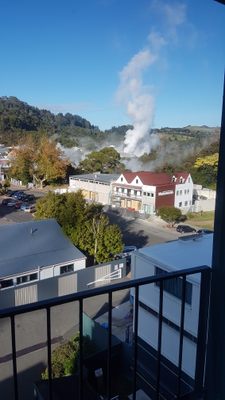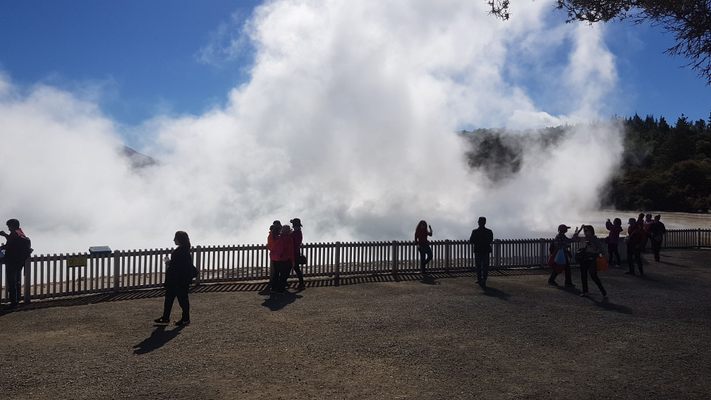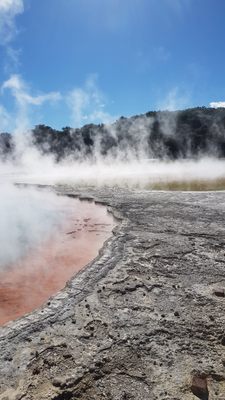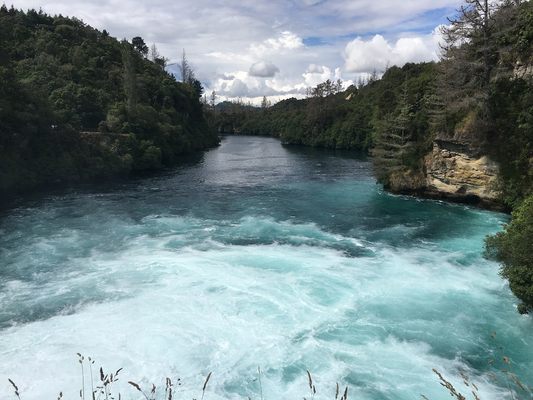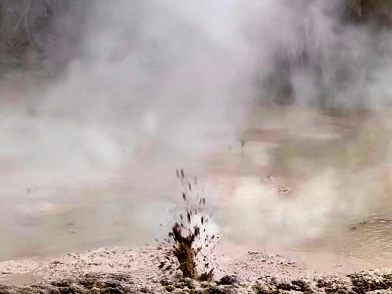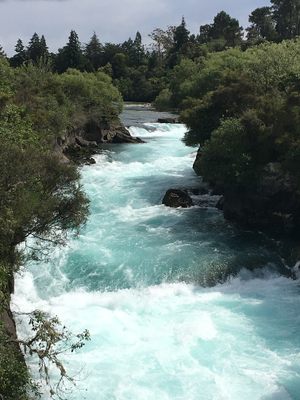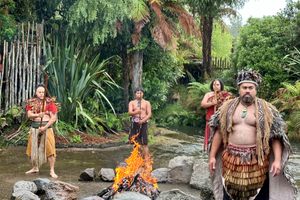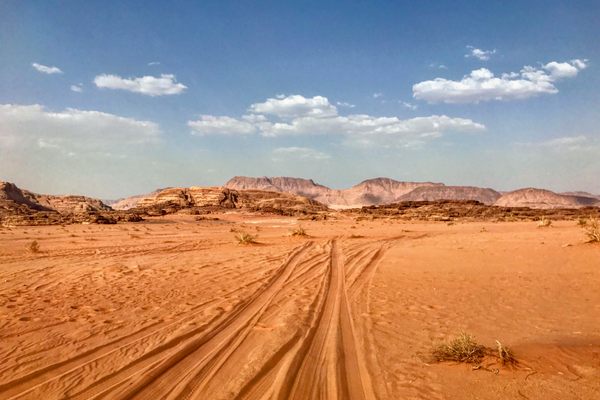About
New Zealanders like to refer to their land as "God's Own Country," a land of plenty with beautiful scenery and a temperate climate. But located 230 km south of Auckland lies a city that bears more resemblance to the "fiery deluge, fed with ever-burning sulfur unconsumed" from John Milton's epic poem "Paradise Lost." A city on the shore of a lake with the same name, Rotorua, is known worldwide for its geothermal activity and geysers. Rotorua's tourism industry is the largest in the area; the city is a major destination for domestic and international travelers.
Rotorua, also known as "Sulphur City," was first settled by the Maori people around 1325 CE. They used the pools at Whakarewarewa for cooking and heating. The hellish landscape contains around 500 pools and seven active geysers, the most active of which, Pohutu ("Big Splash"), can erupt to a height of 30 meters.
The thermal activity in the town comes from the Rotorua caldera. It results in bubbling mud pools and hot thermal springs. The Buried Village, an area covered by the 1886 Mount Tarawera eruption, is another popular destination, as are the botanical gardens.
The area first became popular with tourists in the late 19th century when people came to the area to relax in the town's bathhouse, now the Museum of Art and History. The hot thermal springs must be incredibly attractive as the visitors keep coming despite a frequent rotten egg smell that overtakes the city.
There are many things to do in Rotorua, including taking a lesson about the Maoris in Whakarewarewa; visiting the Living Maori Village; soaking in the iconic thermal springs at Polynesian Spa; visiting the mud bath at Hell’s Gate, and learning all about New Zealand’s unique hydrothermal and volcanic environment at the Waimangu Volcanic Valley.
Related Tags
Know Before You Go
Rotorua is served by State Highways 5, 30, and 30A, and the Thermal Explorer Highway touring route, with State Highways 33 and 36 terminating on the outskirts of the city.
Wild New Zealand: Exploring the North & South Islands
Stunning landscapes, unique wildlife, and rich Māori culture.
Book NowCommunity Contributors
Added By
Published
February 11, 2011








